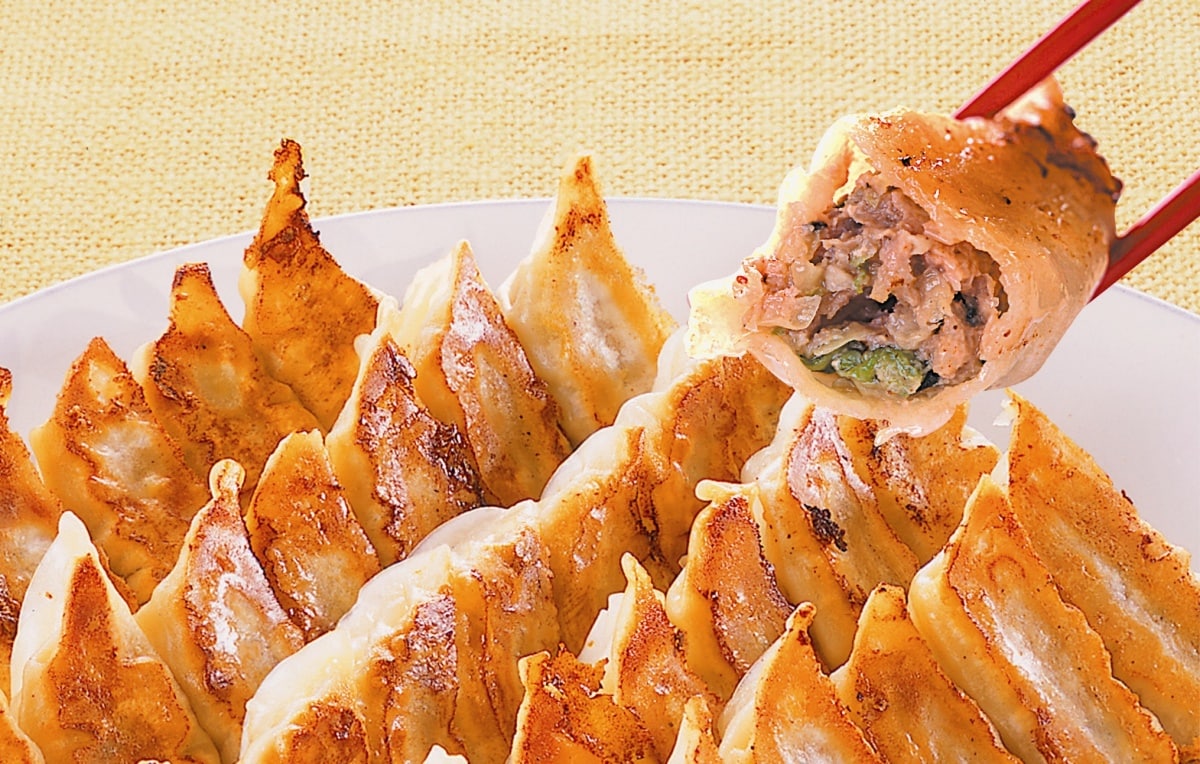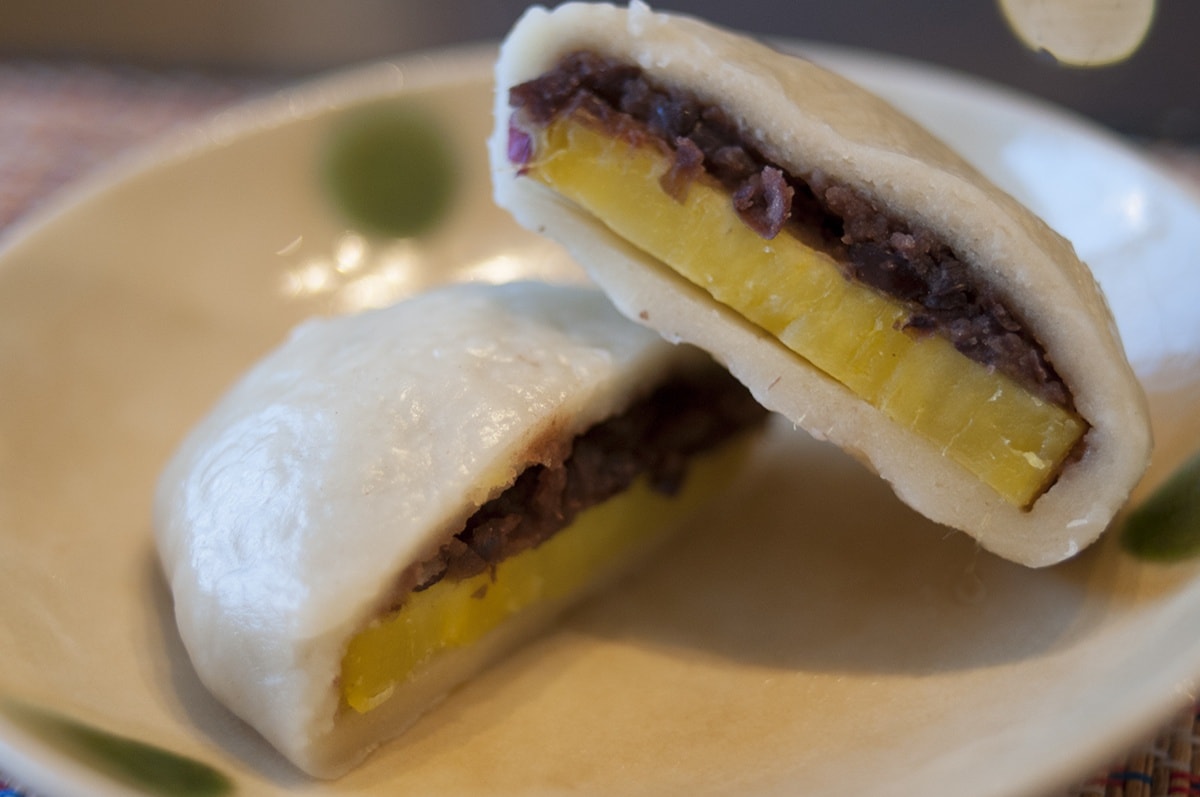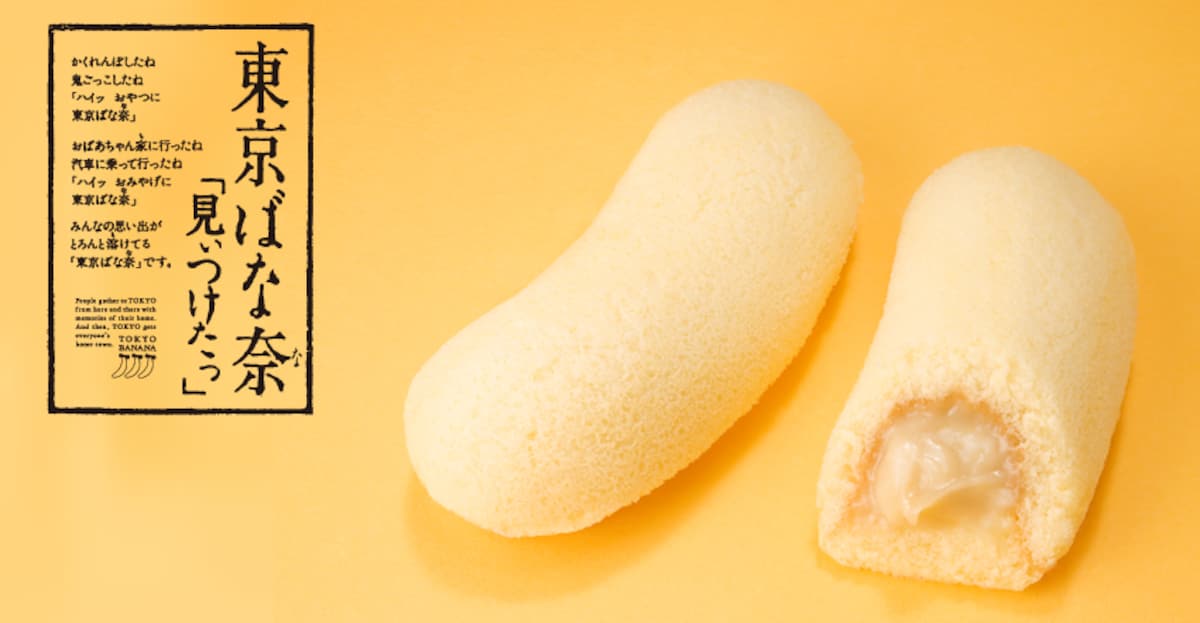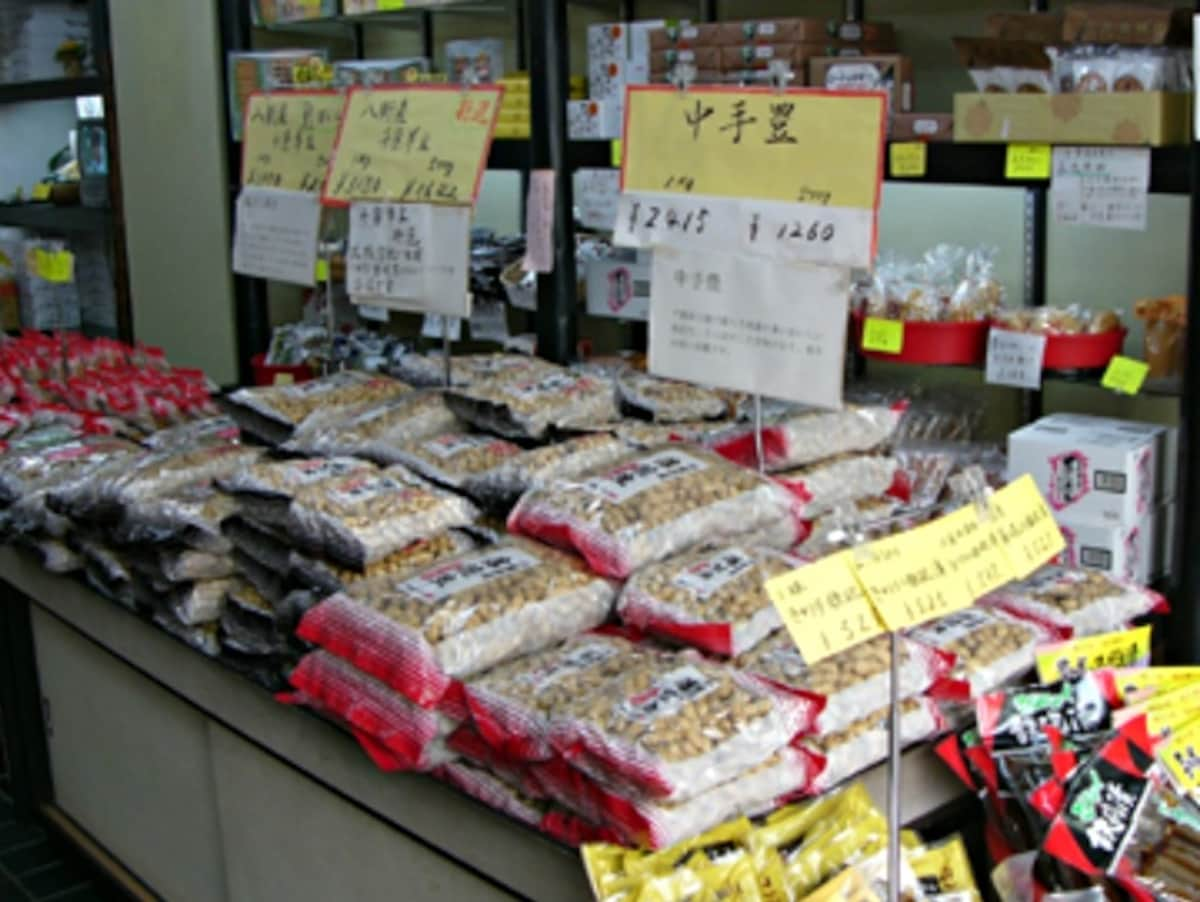47 Souvenirs from All 47 Prefectures!
We spend a lot of time around the office researching, tasting and (after a trip) gifting omiyage (souvenirs). So it seemed natural we'd make our own ultimate list of premium presents across Japan. Some are unique, and some are familiar—and all are great gifts from their respective prefectures!
By Wendell T. HarrisonKanto
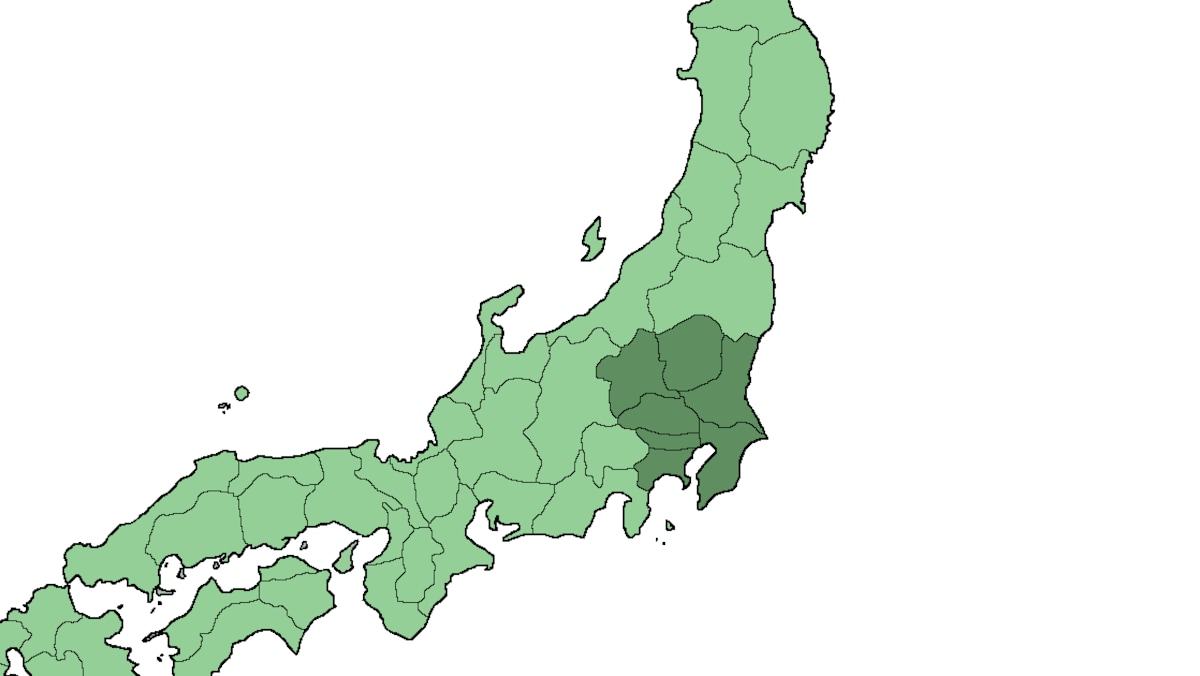
https://commons.wikimedia.org/wiki/File:Japan_Kanto_Region_large.png
The Kanto area is home to Tokyo and six other prefectures: Gunma, Tochigi, Ibaraki, Saitama, Chiba and Kanagawa. This region isn't particularly large, but contains one-third of the entire population of Japan.
Gunma — Cheese no Misozuke
Misozuke describes an item that's been pickled in miso. And in this case, the item we're talking about cheese. This specialty of Gunma Prefecture actually begins in Hokkaido, the source of the fresh, raw milk used to make this divine cheese. The cheese is then soaked in miso over a period of six months or more, slowly and carefully aging the cheese to create its signature taste.
Tochigi — Reito Nama Gyoza
Tochigi's quite famous for gyoza (pan-fried dumplings), and if you question the locals, some might tell you that the best dumplings in Japan are made at Min Min restaurant. There are always long lines queuing for a pack of their frozen gyoza, so be prepared to tough it out. However, if that takes the wind out of your sails, you can order them here and save yourself the trip.
Ibaraki — Yoshiwara Denchu
Made from lightly sweetened glutinous mochi rice and topped with golden kinako (roasted soybean powder), Yoshiwara Denchu is a snack that doesn’t rely on extra preservatives to attract fans. Made by hand by skilled craftspeople, it's believed the simple ingredients (seeds, kinako, sugar, starch syrup and water) have remained the same since the Edo Period (1603-1868)! Furthermore, no dairy products or eggs are used in the recipe, making it a safe choice for vegan friends.
Saitama — Imokoi
Saitama's Imokoi is a specialty snack of the region, but can also be found in Kyushu, where it's known as Ikinari Dango. Imo means potato and koi means love, and after one bite into this tasty treat that name should make sense! A thick and generous slice of sweet potato is covered with unstrained red bean paste, which gives it a very textured and complex feel in the mouth.
Tokyo — Tokyo Banana
While bananas aren't necessarily the main crop of Tokyo, Tokyo Banana is definitely the most iconic of omiyage snacks offered in the capital city. There are even special stores in Tokyo Station that bake the custard-filled confections and sell them straight from the oven. They also come in funky patterns and flavors that change over time to give them a little variety.
Kanagawa — Hato Sabure
People "flock" to Kanagawa just to get their hands on these Hato Sabure. Hato means pigeon, and as you can guess, this is a bird-shaped buttery cookie that’s famous nationwide. Toshimaya, the company that produces the best-known version, has been making them for over 100 years, so you know they must be good!
Chiba — Yachi Peanuts
While you can find peanuts in any grocery store, the Yachi Peanuts of Chiba have an incredible story behind them. The peanut industry helped the region recuperate after World War II, and now 80 percents of peanuts in Japan come from the prefecture. So you're not only buying a snack, you're buying a piece of history and a story of resilience.



